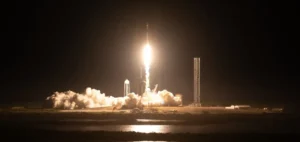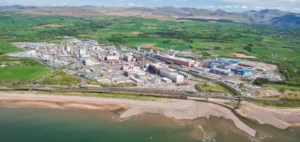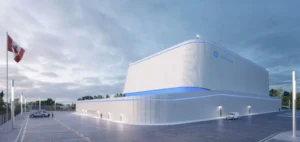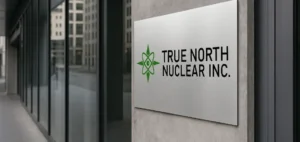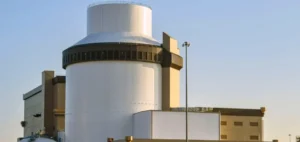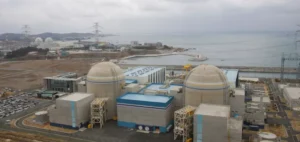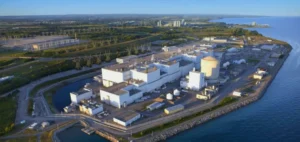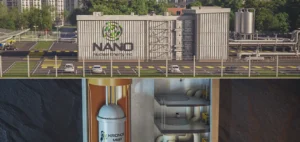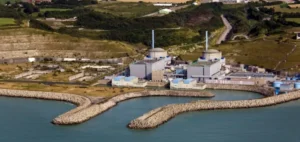New York State is preparing to start construction of an advanced nuclear power plant, the first of its kind on this scale in the United States in over fifteen years. Announced by Governor Kathy Hochul, the initiative targets a 1-gigawatt energy production capacity, sufficient to power nearly one million homes. The project aligns with a broader strategy aimed directly at achieving the state’s energy goals, notably reaching 70% renewable energy by 2030 and carbon neutrality by 2040. The New York Power Authority (NYPA), the state’s primary energy authority, will oversee this strategic development.
Technology choices and proposed location
The site currently under consideration is located in the northern region of the state, potentially near the existing Nine Mile Point facility, operated by the American company Constellation Energy. The strategic location of this site would allow leveraging existing infrastructure and an already robust electrical grid, facilitating rapid integration of this new capacity. Furthermore, two types of technologies are being considered for the project: either a single large-capacity reactor or a series of Small Modular Reactors (SMRs). This technological choice will notably influence the speed of implementation and overall project cost.
SMRs offer several advantages: flexibility, shorter installation times, and potentially lower initial costs. However, a single large-scale reactor could provide more stable production and greater long-term economic returns, according to initial technical assessments provided by NYPA. The energy authority is expected to select the final technological option shortly, following a series of environmental, economic, and technical impact studies. The projected implementation schedule indicates commissioning before the end of the next decade.
Regulatory framework and economic stakes
The project also benefits from significant federal support, with measures recently adopted to expedite regulatory procedures and facilitate investments in civilian nuclear power. The White House has signed executive orders aimed at reducing licensing timelines, traditionally viewed as a major barrier to the development of new nuclear projects in the United States. This favorable regulatory momentum could allow New York to move quickly, concurrently attracting private investors interested in the project’s economic potential.
In terms of regional economic impact, this new project could create thousands of direct and indirect jobs during construction, as well as sustain hundreds of specialized technical positions during the operational phase. Additionally, integration costs into the electrical grid will be substantial, requiring significant infrastructure investment to efficiently deliver this new energy production. Governor Hochul regards this project as strategically essential for guaranteeing enhanced energy autonomy in the medium to long term, thereby reducing reliance on electricity imports from other regions or neighboring states.
Sector outlook and challenges ahead
The development of this plant fits within a broader context of modernizing the American nuclear fleet, with several other states recently announcing similar projects to meet growing energy demand and diversify their sources of electricity supply. However, these initiatives must overcome several challenges, notably managing high initial costs, addressing security and nuclear waste management issues, and securing local and social acceptance around production sites.
In New York’s specific case, the project’s ultimate success will depend heavily on the state’s capacity to effectively manage these technical and economic challenges while ensuring complete alignment with stated regional energy ambitions. The coming months will be decisive, with the expected publication of preliminary studies and clarification of technological choices that will set the project’s detailed roadmap.




